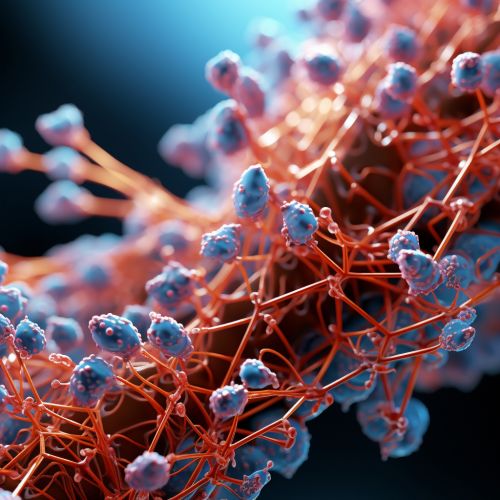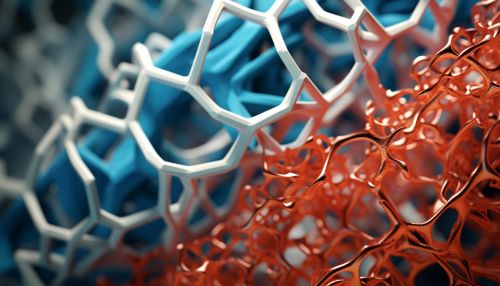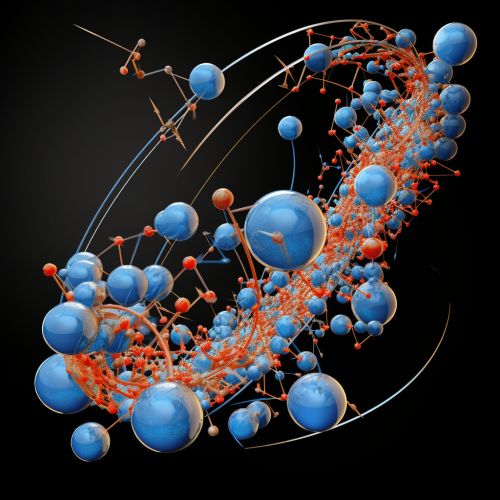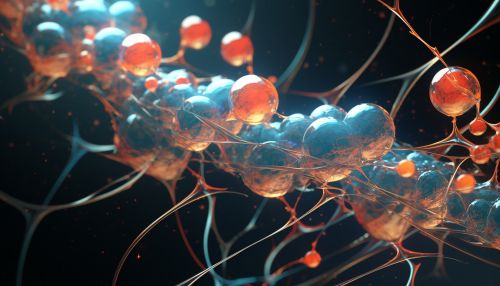Chaperone Proteins in Protein Folding
Introduction
Chaperone proteins are a diverse group of proteins that assist in the folding, assembly, and disassembly of other proteins in the cell. They play a crucial role in maintaining the health and functionality of cells by ensuring that proteins achieve their correct, functional 3D structure, and by preventing the formation of misfolded proteins and protein aggregates.


Role in Protein Folding
Proteins are synthesized as linear chains of amino acids by the ribosome. Once synthesized, these chains must fold into a specific three-dimensional structure to become functional. The process of protein folding is complex and can be influenced by a variety of factors, including the cellular environment and the presence of other proteins. Chaperone proteins assist in this process by binding to nascent or newly synthesized proteins and helping them fold into their correct structure.
Types of Chaperone Proteins
There are several types of chaperone proteins, each with a unique role in protein folding. These include heat shock proteins, chaperonins, and foldases.
Heat Shock Proteins
Heat shock proteins (HSPs) are a family of proteins that are produced by cells in response to stressful conditions, including high temperatures, oxidative stress, and the presence of misfolded proteins. HSPs function as molecular chaperones, helping to prevent the aggregation of misfolded proteins and assisting in the refolding of denatured proteins.
Chaperonins
Chaperonins are a type of chaperone protein that form a large, barrel-shaped complex. Newly synthesized proteins enter the central cavity of the chaperonin complex, where they are protected from the cellular environment and can fold without interference.
Foldases
Foldases are enzymes that directly catalyze the folding of proteins. They often work in conjunction with other chaperone proteins to ensure the correct folding of proteins.
Mechanism of Action
Chaperone proteins function by binding to nascent or partially folded proteins, preventing their aggregation and assisting in their correct folding. This is achieved through a cycle of binding and release, driven by the hydrolysis of ATP. The exact mechanism of action can vary between different types of chaperone proteins.


Significance in Health and Disease
Chaperone proteins play a crucial role in maintaining cellular health. Defects in chaperone proteins or their associated pathways can lead to a variety of diseases, including neurodegenerative diseases, cancer, and cystic fibrosis. In many of these diseases, the misfolding and aggregation of proteins is a key pathological feature.
Future Directions
The study of chaperone proteins and their role in protein folding is a rapidly evolving field. Understanding the precise mechanisms by which these proteins assist in protein folding, and how these processes can go awry in disease, is an area of active research. This knowledge could potentially be harnessed for the development of new therapeutic strategies for diseases associated with protein misfolding and aggregation.
